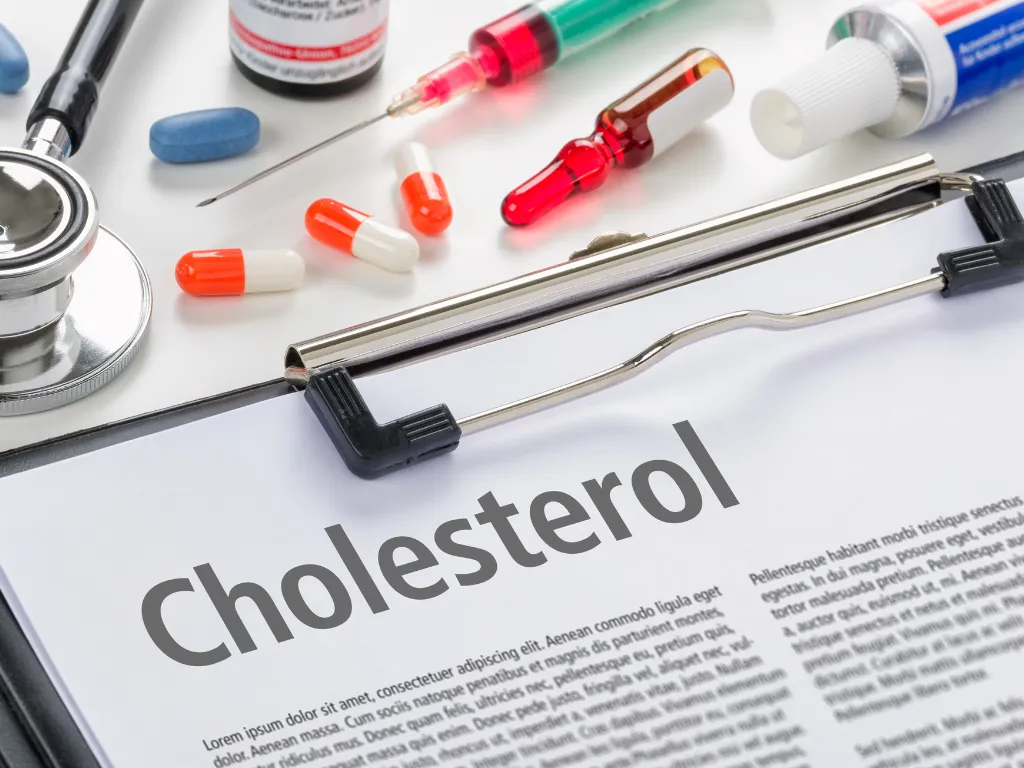A recent study in The Journal of the American Heart Association (linked here) delved into treatment strategies for individuals recovering from heart attacks, known as acute coronary syndromes (ACS). This study zeroed in on statin medications, a common prescription for lowering cholesterol levels. Researchers sought to compare the efficacy of statin monotherapy (using a single medication) versus a comprehensive approach involving a combination of statin and ezetimibe to reduce the risk of all-cause mortality (death from any cause) in patients recovering after a heart attack. The results unveiled that upfront combination therapy proved more effective in reducing the risk of death than statin monotherapy.
The Role of Ezetimibe
Ezetimibe is a medication commonly prescribed to lower cholesterol levels. It belongs to a class of drugs known as cholesterol absorption inhibitors. Unlike statins, which primarily work in the liver to reduce cholesterol production, ezetimibe acts in the small intestine, limiting dietary cholesterol absorption from food. By doing so, ezetimibe helps lower overall cholesterol levels in the bloodstream, reducing the risk of cardiovascular events like heart attacks and strokes. Traditionally, Ezetimibe is used with statin medications as a stepwise approach when statins alone aren’t as effective as needed for cholesterol management.
We’ve previously delved into the role of ezetimibe in lowering cholesterol in a separate article on heart matters. You can explore that comprehensive discussion [link here].
Key Study Findings
Drawing data from the Polish Registry of Acute Coronary Syndromes, the study scrutinized information from over 38,000 ACS patients. The outcomes underscored the superiority of upfront combination lipid-lowering therapy (combining statins with ezetimibe) over statin monotherapy in diminishing all-cause mortality among ACS patients. This difference in risk reduction carried statistical significance, with an absolute risk reduction of 4.7% over three years. Patients who were administered combination therapy exhibited a notably lower mortality risk than those who received statin monotherapy.
Implications for Patient Care
Present Treatment Guidelines
Currently, European guidelines recommend a stepwise approach to cholesterol management. This typically starts with the prescription of statin monotherapy for individuals at risk of cardiovascular events, including those who have experienced heart attacks. Statins are widely recognized for their effectiveness in reducing cholesterol levels and lowering the risk of heart-related complications. This approach aligns with a well-established strategy in which statins serve as the first defense against high cholesterol.
Paradigm Shift in Approach
The findings from this study propose a departure from the traditional stepwise method, potentially yielding improved outcomes. The study indicates that individuals with a high cardiovascular risk, especially recent heart attack survivors, may significantly benefit from upfront combination therapy using statin and ezetimibe.
This shift challenges the conventional treatment sequence, suggesting that proactive combination therapy may be more effective in preventing adverse cardiovascular events in high-risk scenarios like ACS. However, patient circumstances vary widely, and not everyone may equally benefit from this approach. Thus, treatment decisions should be tailored in consultation with healthcare providers, considering factors such as patient history, risk profiles, and medication tolerance.
Study Limitations
The study in question has several notable limitations:
- Lack of Dosage Data: The study lacks detailed data on the dosage of statins used in both groups, making it challenging to fully assess the treatment’s effectiveness. However, it’s noted that pharmacotherapy was adjusted to individual patients by European guidelines.
- Missing Lifestyle and Diet Information: The registry does not include important lifestyle factors, dietary habits, or other variables that could confound the study’s findings.
- Absence of LDL-C Data in Follow-up: The study lacks data on LDL-C (low-density lipoprotein cholesterol) concentration during the follow-up period, a crucial marker in cholesterol management.
- Patient Compliance and Therapy Switching: Information on patient compliance, potential therapy changes during the follow-up period, and drug-related adverse effects are not available in the dataset.
Conclusion
For individuals recovering from a heart attack, the recent study highlights the potential benefits of adopting upfront combination lipid-lowering therapy, which includes statins and ezetimibe, instead of solely relying on statin monotherapy. This combination therapy has demonstrated greater effectiveness in reducing the risk of death.
The study’s implications for patient care underscore the critical importance of tailoring treatment strategies to meet individuals’ needs and risk profiles. While this paradigm shift introduces a promising treatment option, a qualified healthcare professional should closely monitor any potential modifications to medication regimens.


